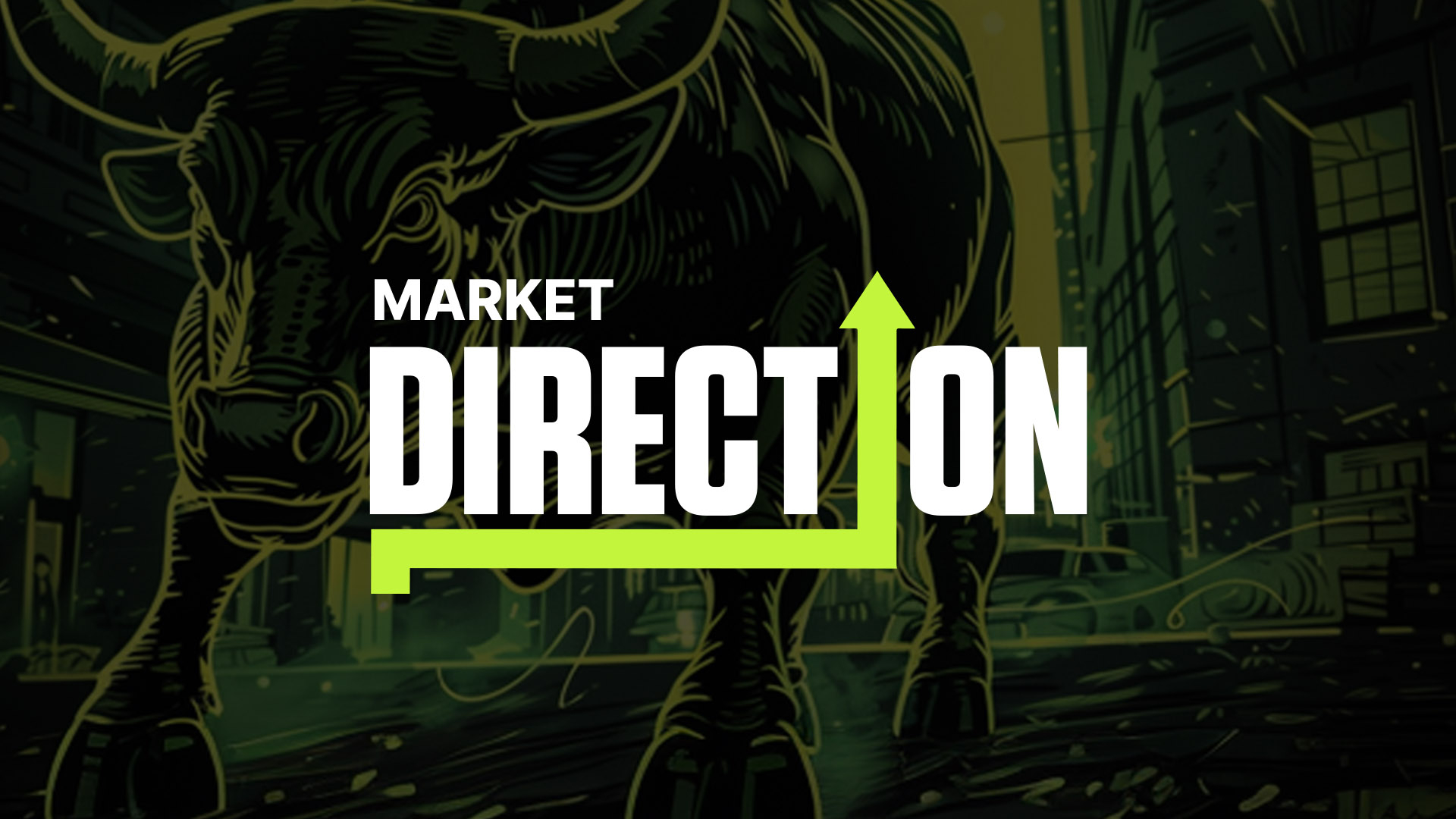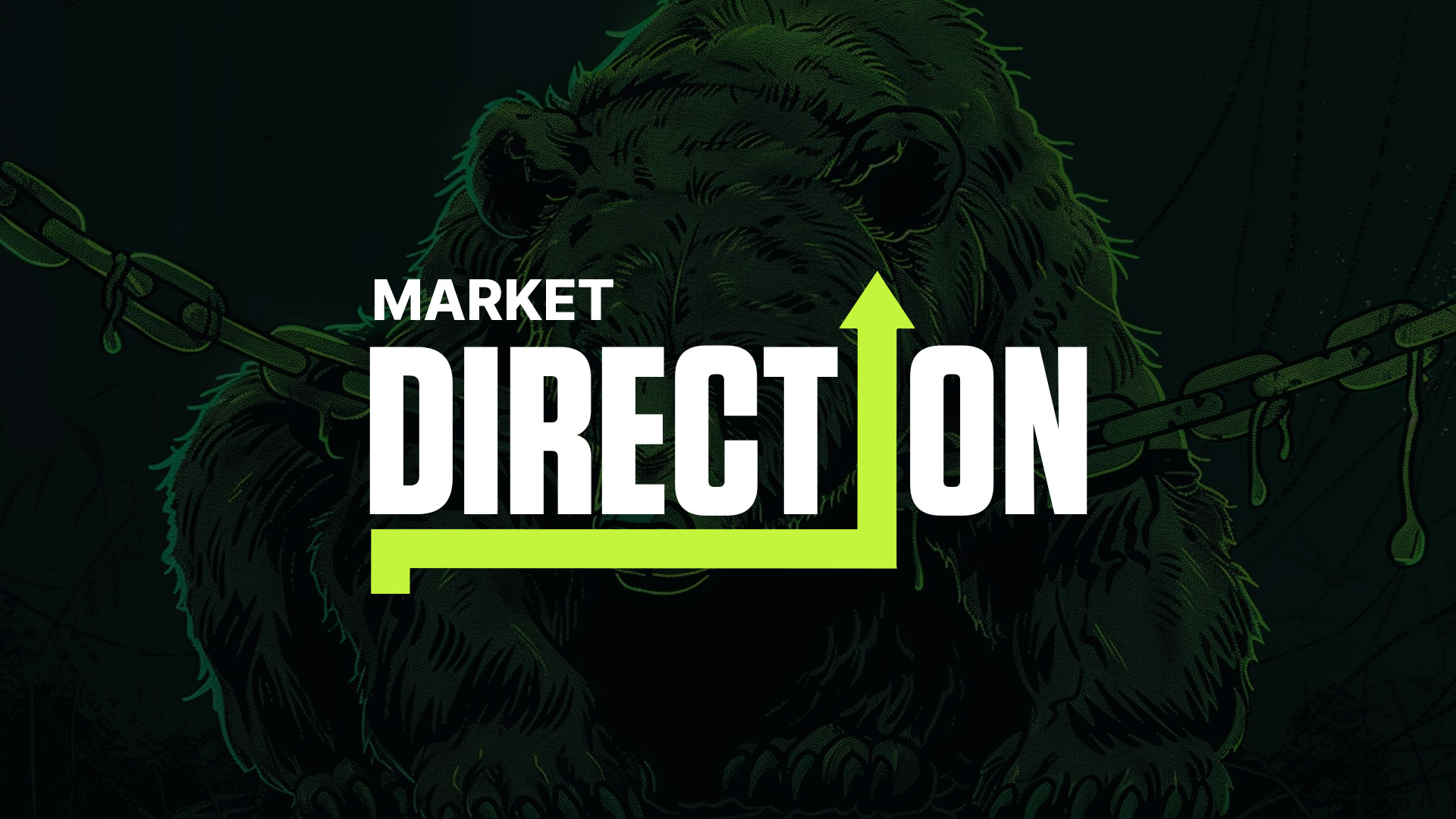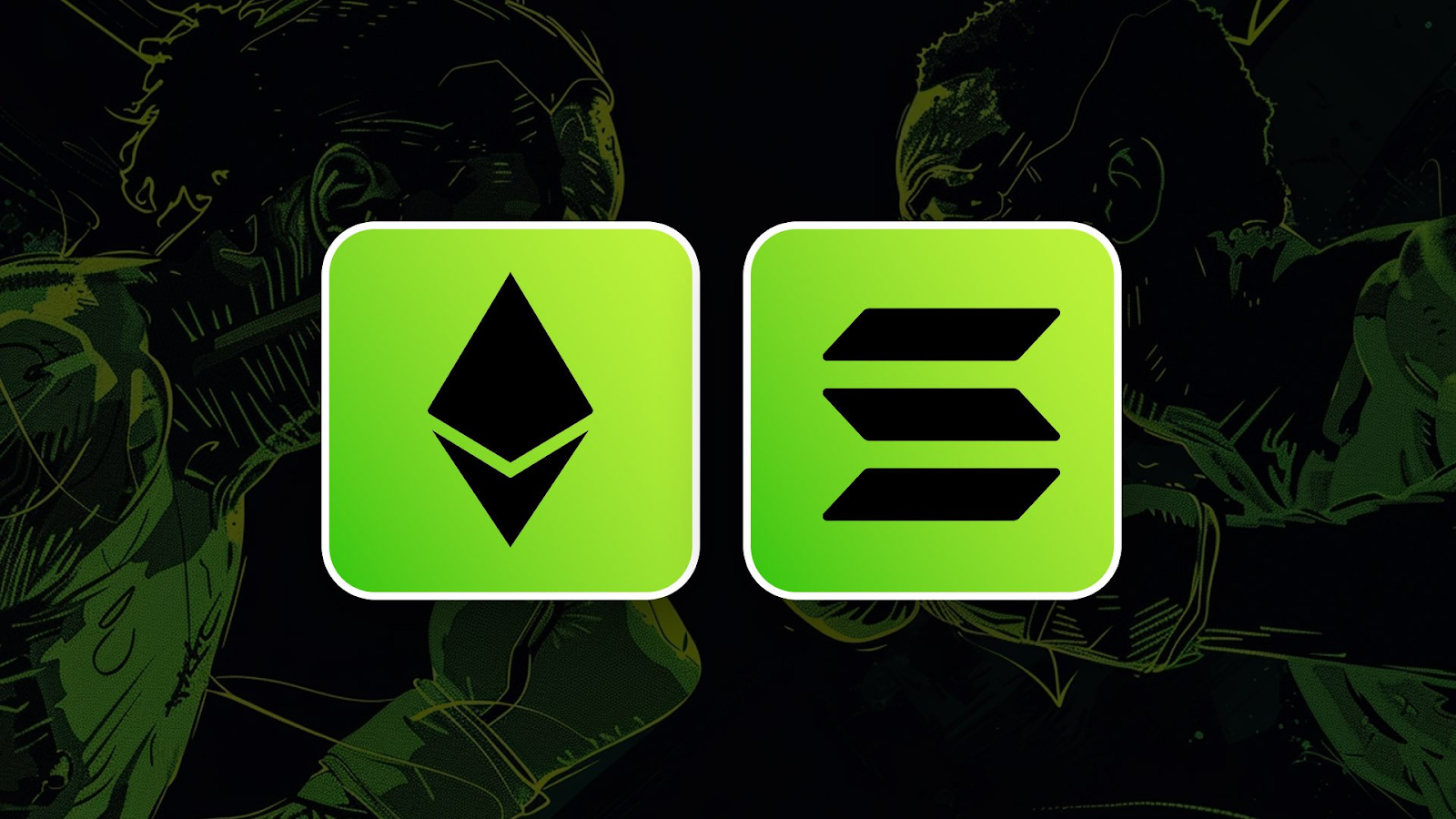
What is a stablecoin?
A stablecoin is a crypto coin whose value is pegged to (reflects) a “stable” fiat currency like the US dollar, UK pound, Euro, commodities such as gold or other assets.Stablecoins are typically pegged by holding assets which back the value of the stablecoins in issuance. This means you should always be able to swap your stablecoin for its pegged asset, for example, 1 USDC to $1.
What is the purpose of stablecoins?
Cryptocurrencies offer many benefits. However, their prices are often unpredictable and volatile. This makes them largely unsuitable for payments. You can see 5-10% drops in cryptocurrencies in minutes. Using crypto as a payment method can result in a payment being worth considerably less by the time it settles.There is also the fact that with volatility comes wild price swings. Would you want to buy a coffee with your BTC if it’s down 50%? Or would you rather hold it and wait for the next upward swing?
Also, most people feel more confident holding dollars. Very few people want to put their entire net worth in crypto, despite wanting to invest. For traders, it allows them to take a profit and sit on dollars until the next trade.
Stablecoins are designed to maintain price stability. They offer a more reliable, usable solution for making payments. Stablecoins experience negligible price fluctuations. They closely follow the value of the reserve asset or fiat currency they are pegged to. They enable users to quickly and cheaply transfer value while maintaining price stability.
However, it’s important to note that there are different types of stablecoins. Some are much riskier than others. For example, we saw the LUNA/UST crash in 2022 caused by a badly designed algorithmic stablecoin. We’ll discuss this in more detail later in the module.
Fiat-backed
Fiat-backed stablecoins can be considered the safest type of stablecoin. This is due to their regulated nature and the fact that they require 1:1 backing with fiat or fiat-like assets (government/corporate debt etc.) They may also be referred to as centralised or fully-collateralised stablecoins.They are backed by a ‘reserve,’ where the asset or assets backing the stablecoin are stored. For example, with a fully collateralised stablecoin, $1 million (or often near-cash equivalents like lending deposits and company bonds) would back up 1 million stablecoin units. An example is USD Coin (USDC), an Ethereum-based, USD-backed stablecoin.
PayPal also launched its own stablecoin, PayPal USD, backed by US dollars and short-term US Treasuries.
Crypto-backed
As the name suggests, cryptocurrency is used as collateral rather than fiat currency. And, as crypto is digital, smart contracts issue stablecoin tokens. With decentralised crypto-backed stablecoins, you trust the network participants rather than a single issuer. However, there are also centralised crypto-backed stablecoins.Dai (DAI): is a decentralised stablecoin that runs on Ethereum. It aims to maintain a value of $1 USD. Unlike centralised stablecoins, DAI isn’t backed by US dollars in a bank. Rather, it's backed by collateral on the Maker platform. It is collateralised by a mix of other cryptocurrencies deposited into smart-contract vaults every time new DAI is minted.
Note that if the stablecoin is backed by its own governance token, that is usually a major red flag.
Metal commodities-backed
Metal commodities (e.g. gold, silver) can also be used to back stablecoins. In this case, the cryptocurrency’s value is based on the current market price of the physical asset (most commonly gold). The commodity is stored in reserves managed by custodians such as banks.Tether gold (XAUT) is an example of a gold-backed stablecoin. One XAUT is backed by one troy ounce of gold on a London Good Delivery bar held in a company-controlled Swiss vault.
Algorithmic stablecoins
Algorithmic stablecoins are not backed by crypto, fiat currencies or commodities. Instead, they are pegged (backed) by algorithms (coded instructions) and smart contracts. Put simply, this type of stablecoin will reduce (burn) or increase (mint) the token supply to ensure the coin’s value remains in line with its target price.Terra USD (UST) was the biggest algorithmic stablecoin until it lost its peg during the monumental crash-and-burn of the Terra blockchain in May 2022. LUNA was the native asset of Terra and was used to back UST.
To issue 1 UST (supposed to be worth 1USD), you’d burn $1 worth of LUNA. When demand increased, it was positive for LUNA’s price. It rose from less than a dollar to over $100 in 2021. Why? Because UST demand was high. This led to a lot of LUNA being burned. (Small supply + higher interest = higher price). But how did UST get that much demand?
Anchor (a lending and borrowing platform) marketed a yield of “20% APY on your stablecoin.” This led to a lot of demand. However, that yield was not sustainable. At a certain level of UST, they had to reduce it. By doing so, a lot of UST flowed out of Anchor and was sold. In turn, UST started to lose its peg and dropped below $1. At one point, the stablecoin dipped all the way down to $0.19.
But how does a stablecoin become unstable? With algorithmic stablecoins, a smart contract maintains the 'peg'. However, this method usually fails when volumes are very high. If many withdrawals are attempted simultaneously, it shocks the system.
Think of it like a 'bank run'. This is when everyone runs to the bank to withdraw their money because they believe the bank is about to close. The bank doesn’t actually have all the money in hand, so everyone won’t be able to withdraw their full amount. As the bank run occurs, the 1:1 relationship is lost. As everyone knows their stablecoin should be worth $1, but they are now getting, say, 47 cents on the dollar, they look to try and exit.
This action continues to spiral. In turn, the next seller will be forced to take, say, 46 cents on the dollar and so on. This further escalates the departure from the 1:1 peg. Remember how to issue 1 UST, you’d burn $1 worth of LUNA? Well, the same applies the other way around.
When you want to “redeem” LUNA, you burn 1UST and issue $1 worth of LUNA. This inflates the supply relatively quickly in a bank-run style event, as we mentioned above. This leads to a massive decrease in price.
Algorithmic stablecoins are still an experiment.
Fractional Stablecoins
A fractional stablecoin is a cryptocurrency that is partially stabilised algorithmically and partially backed by collateral. Fractional stablecoins often use dynamic collateral rates to adjust backing at high and low-risk times to ensure stability. This means that compared to other stablecoins, fractional stablecoins can be backed by fewer dollars/cryptocurrency than their estimated total worth. Less capital is required to remain idle as collateral.Frax is the first-ever fractional-algorithmic stablecoin. It is partially backed by collateral (made up of USDC stablecoin and FXS, the governance token for the Frax Protocol) and partially backed by algorithms. The collateral:algorithm ratio fluctuates depending on Frax’s market price.
During periods of expansion, the ratio is lowered, so less collateral and more FXS must be deposited to mint FRAX. This reduces the amount of collateral backing all FRAX. During periods of retraction, the ratio is increased.
Regulation
The landscape of stablecoins is evolving with ongoing regulatory developments and innovations. For instance, the UK government has announced plans to introduce legislation to regulate stablecoins by early 2024. This regulation aims to cover the issuance, custody, and use of fiat-backed stablecoins, bringing them under the oversight of the Financial Conduct Authority (FCA).In the US, discussions on better stablecoin regulation have been highlighted by Treasury Secretary Janet Yellen, emphasising the need for a federal regulatory framework to address the risks and opportunities presented by stablecoins. Additionally, a stablecoin bill has made significant progress in the US, despite challenges and opposition, indicating a move towards more structured oversight of stablecoins.
As we conclude our exploration of stablecoins, we've seen how they serve as a bridge between traditional finance and the digital currency world, offering a form of stability in a volatile market.
100% Success Money Back Guarantee
If our approach doesn’t outperform the overall crypto market during your subscription, we’ll give you a full refund of your membership. No questions asked. For quarterly and monthly subscribers this is applicable once your subscription runs for 6 consecutive months.
Take your next step towards crypto success
$799/year
Get everything you need to actively manage your portfolio and stay ahead. Ideal for investors seeking regular guidance and access to tools that help make informed decisions.
For your security, all orders are processed on a secured server.
What’s included in Pro:
Success Guarantee, if we don’t outperform the market, you get 100% back, no questions asked
24/7 access to experts with 50+ years’ experience
All of our top token picks for 2025
Our latest memecoins pick with 50X potential
On hand technical analysis on any token of your choice
Weekly livestreams & ask us anything with the team
Daily insights on Macro, Mechanics, and On-chain
Curated list of top upcoming airdrops (free money)
Our track record speaks for itself
With over 2.4M tokens and widespread misinformation in crypto, we cut
through the noise and consistently find winning assets.
Frequently Asked Questions
Can I trust Cryptonary's calls?
Yes. We've consistently identified winners across multiple cycles. Bitcoin under $1,000, Ethereum under $70, Solana under $10, WIF from $0.003 to $5, PopCat from $0.004 to $2, SPX blasting past $1.70, and our latest pick has already 200X'd since June 2025. Everything is timestamped and public record.
Do I need to be an experienced trader or investor to benefit?
No. When we founded Cryptonary in 2017 the market was new to everyone. We intentionally created content that was easy to understand and actionable. That foundational principle is the crux of Cryptonary. Taking complex ideas and opportunities and presenting them in a way a 10 year old could understand.
What makes Cryptonary different from free crypto content on YouTube or Twitter?
Signal vs noise. We filter out 99.9% of garbage projects, provide data backed analysis, and have a proven track record of finding winners. Not to mention since Cryptonary's inception in 2017 we have never taken investment, sponsorship or partnership. Compare this to pretty much everyone else, no track record, and a long list of partnerships that cloud judgements.
Why is there no trial or refund policy?
We share highly sensitive, time-critical research. Once it's out, it can't be "returned." That's why membership is annual only. Crypto success takes time and commitment. If someone is not willing to invest 12 months into their future, there is no place for them at Cryptonary.
Do I get direct access to the Cryptonary team?
Yes. You will have 24/7 to the team that bought you BTC at $1,000, ETH at $70, and SOL at $10. Through our community chats, live Q&As, and member only channels, you can ask questions and interact directly with the team. Our team has over 50 years of combined experience which you can tap into every single day.
How often is content updated?
Daily. We provide real-time updates, weekly reports, emergency alerts, and live Q&As when the markets move fast. In crypto, the market moves fast, in Cryptonary, we move faster.
How does the success guarantee work?
If our approach to the market doesn’t beat the overall crypto market during your subscription, we’ll give you a full refund of your membership fee. No questions asked. For quarterly and monthly subscribers this is applicable once your subscription runs for 6 consecutive months.



















